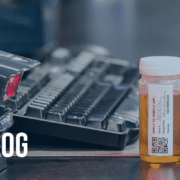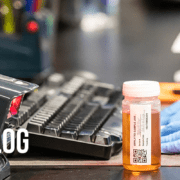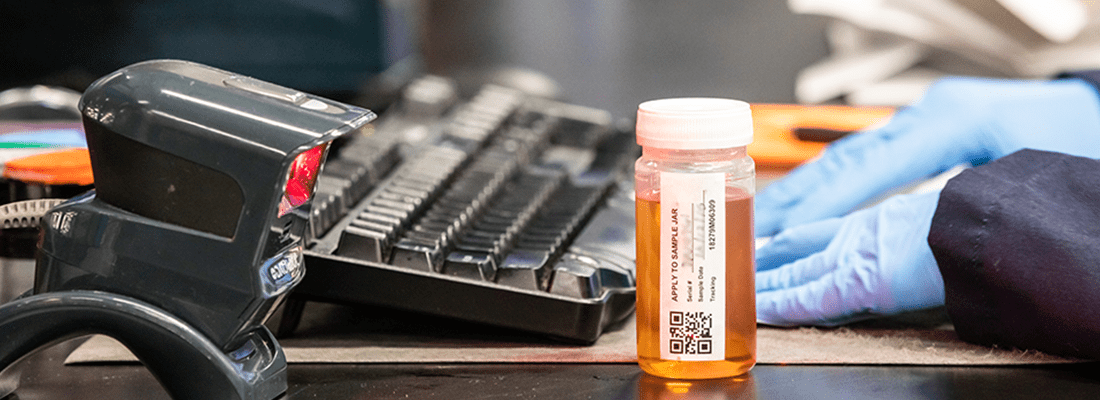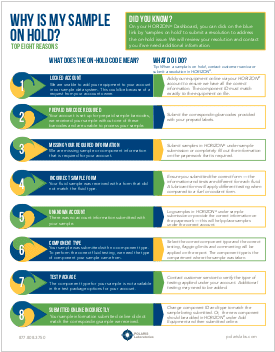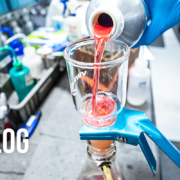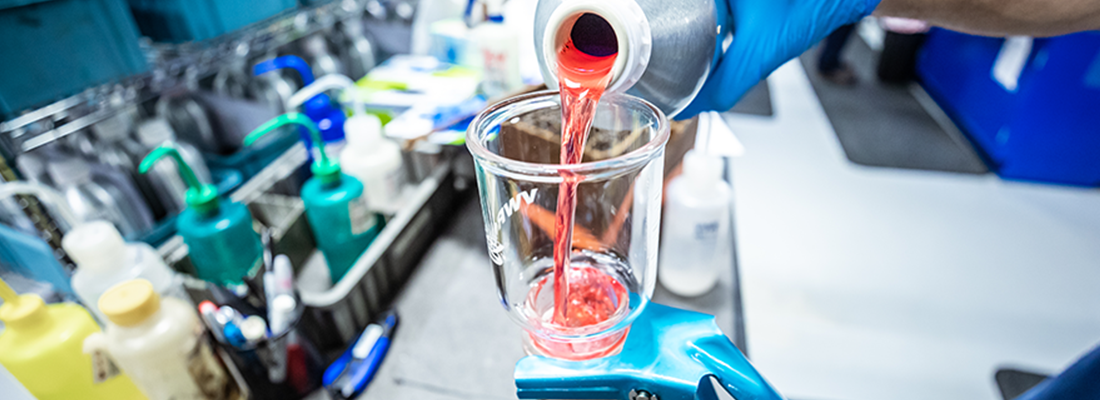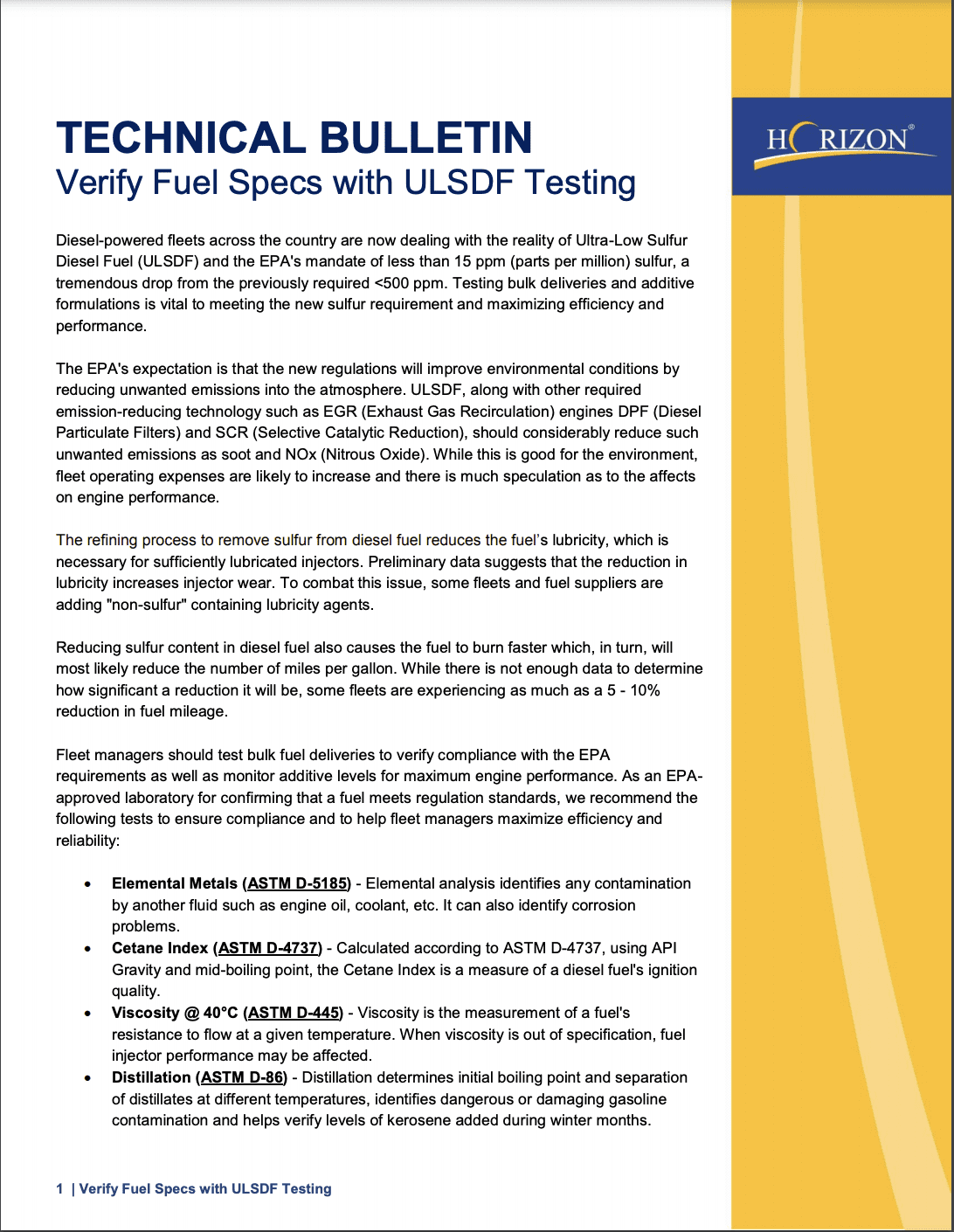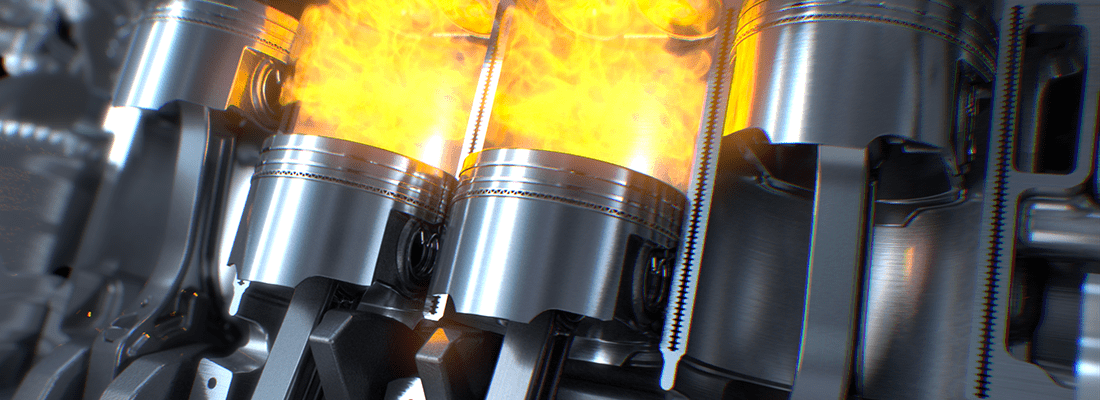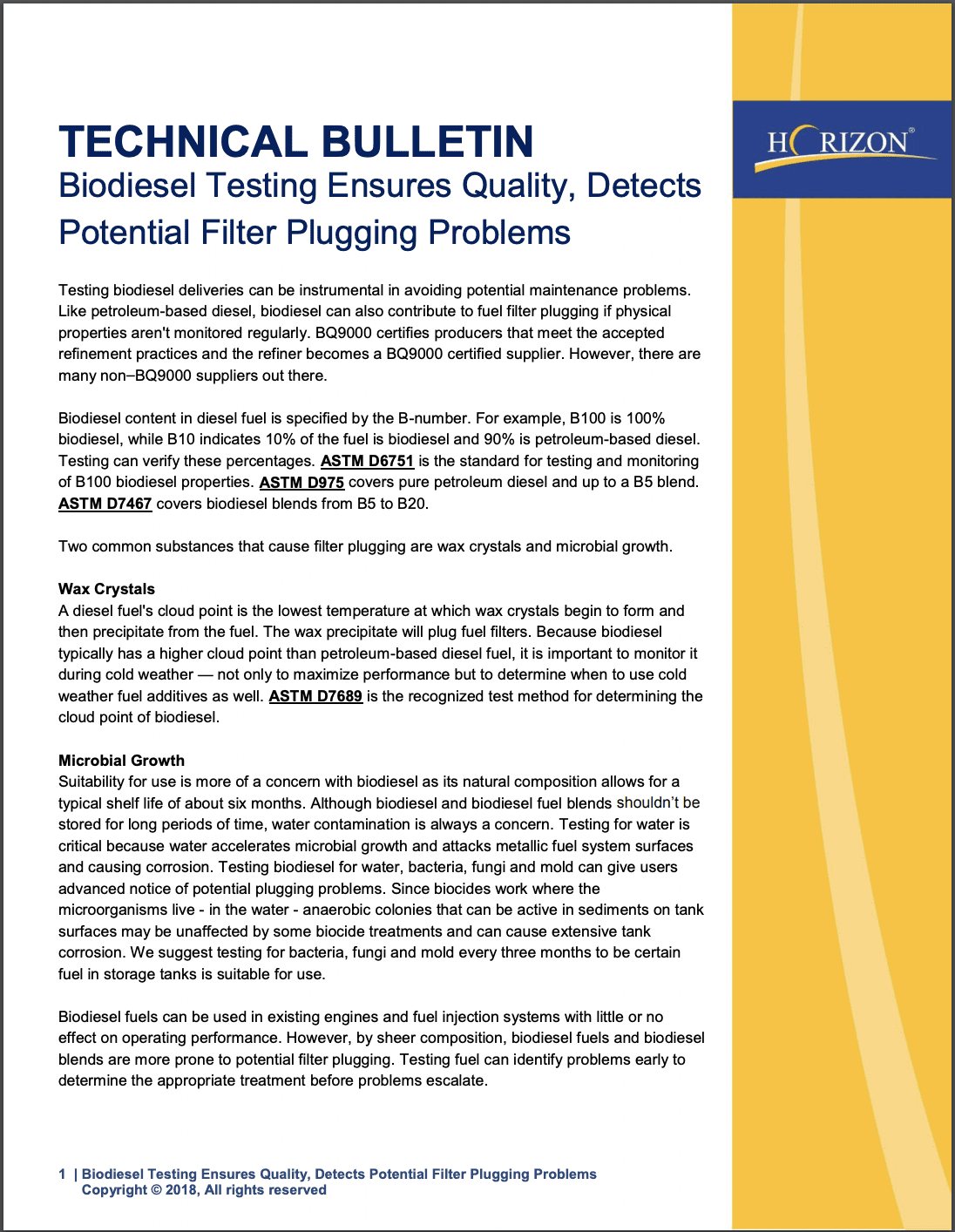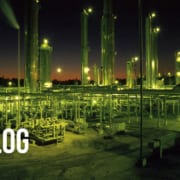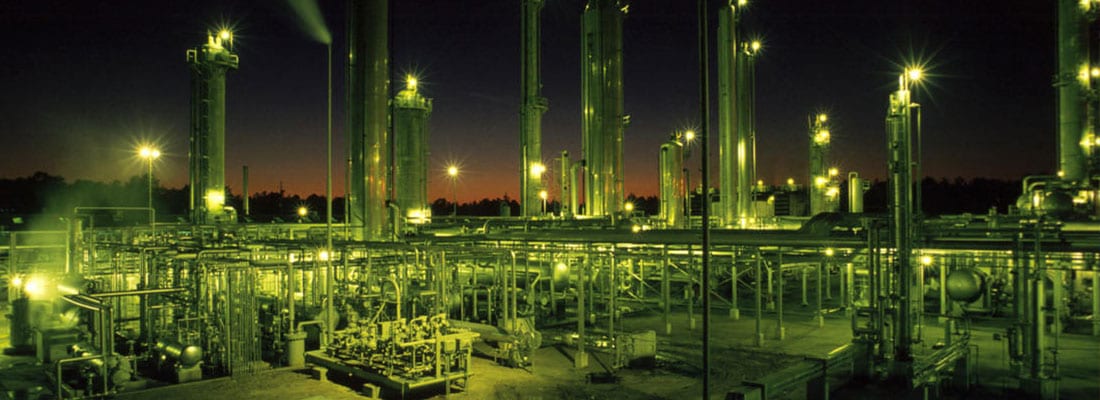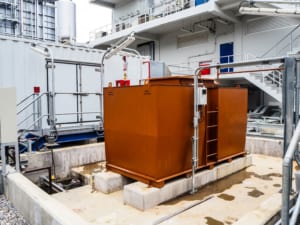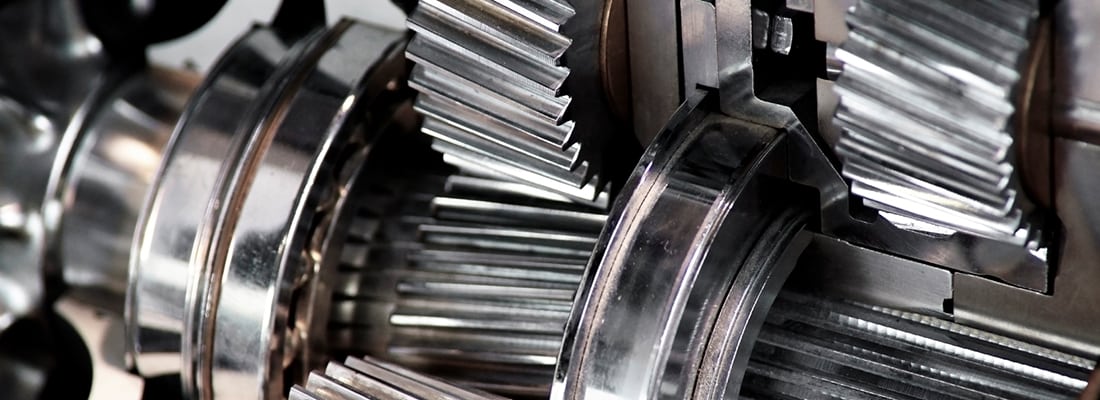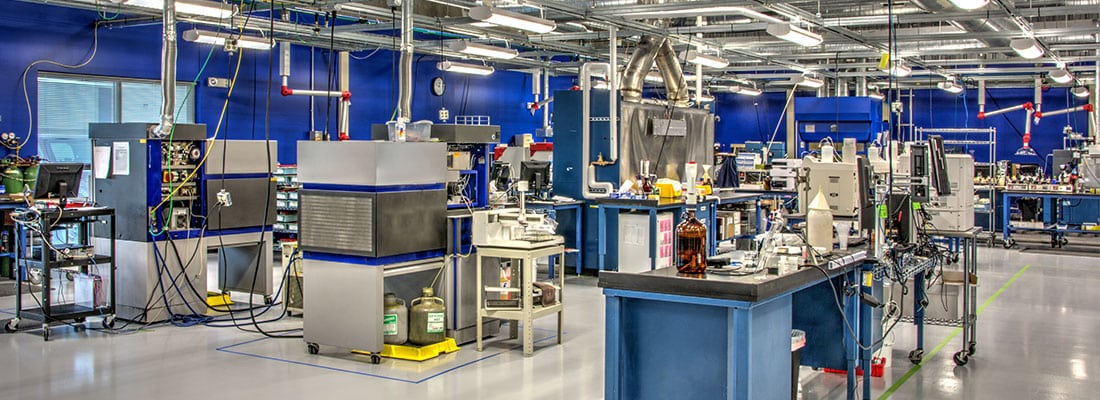Why Accurate Sample Information is Important
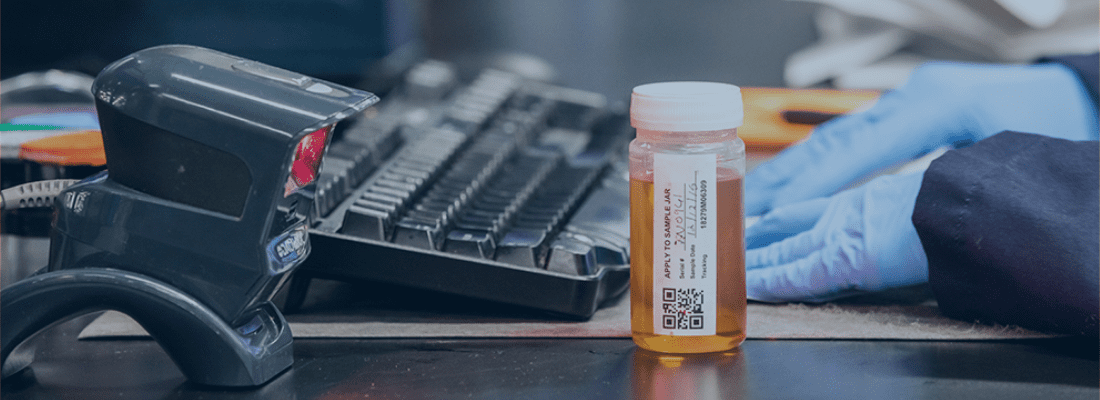
Garbage In, Garbage Out
In this day and age, we have all encountered a situation where our personal data is not correct; it could be the bank has an old phone number or a store has a wrong or an old email address. POLARIS Laboratories® is no different when it comes to data – one area that hinders us and our laboratories is receiving accurate fluid information with your sample.
Why the Right Fluid Information is So Critical

It’s pretty simple really. If you send in a sample with incorrect fluid information, when we compare the test results from your sample to the information submitted, (the basis of a lot of the maintenance recommendations we make to you). If that information is correct, we are able to give you precise, actionable recommendations tailored to your application. If the information is incorrect, not only do the maintenance recommendations no longer hold as much value, but in some cases, we may recommend an incorrect action or repair.
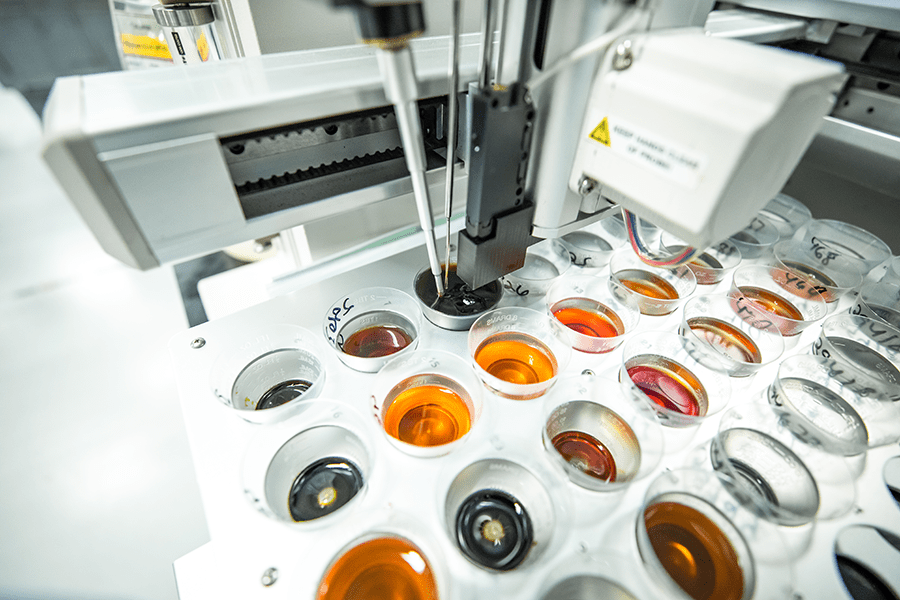
To make matters worse, your test results may be delayed. For example, with the wrong fluid identified when submitted, we may send samples back to be retested in our laboratories to confirm, what looks like on paper, to be an incorrect result. This delays the results getting back to you. A more extreme example is submitting a used engine oil as an engine coolant, meaning the wrong test package may be applied, resulting in the sample going through the complete wrong testing thus missing issues you desperately need to be identified.
Blood Work as an Analogy
A good analogy for this would be getting getting blood taken at a doctor’s office. My blood, a middle-aged man, is submitted but the paperwork is mixed up. But because of the incorrect information, my blood is tested and the results compared to a 15 year old female – a very extreme case, but it could happen. My doctor gets the results back and then instructs me to go directly to hospital because my results say I’m in critical condition. The results from my blood are considered normal for a middle-aged male, but definitely abnormal for a 15-year old female.
Better Data = Better Predictions
It’s critical to a successful fluid analysis program that all applicable fields are filled in when submitting a sample. Testing in the laboratory is heavily dependent on the submission fields and directly affects whether or not a fluid receives the right laboratory testing and you recieve the right recommendations.

Proven Impact. Proven Uptime. Proven Savings.
Let us prove it to you.

